Mikio Nakahara0750306068, 9780750306065
Table of contents :
Geometry, Topology and Physics……Page 1
Contents……Page 4
Preface to the First Edition……Page 14
Preface to the Second Edition……Page 16
How to Read This Book……Page 18
Notation and Conventions……Page 19
1.1.1 Newtonian mechanics……Page 20
1.1.2 Lagrangian formalism……Page 21
1.1.3 Hamiltonian formalism……Page 24
1.2.1 Hilbert space, bras and kets……Page 28
1.2.2 Axioms of canonical quantization……Page 29
1.2.4 Wavefunction……Page 32
1.2.5 Harmonic oscillator……Page 36
1.3.1 Path integral quantization……Page 38
1.3.2 Imaginary time and partition function……Page 45
1.3.3 Time-ordered product and generating functional……Page 47
1.4.1 Transition amplitude……Page 50
1.4.2 Partition function……Page 54
1.5 Path integral quantization of a Fermi particle……Page 57
1.5.1 Fermionic harmonic oscillator……Page 58
1.5.2 Calculus of Grassmann numbers……Page 59
1.5.3 Differentiation……Page 60
1.5.4 Integration……Page 61
1.5.5 Delta-function……Page 62
1.5.6 Gaussian integral……Page 63
1.5.8 Complex conjugation……Page 64
1.5.9 Coherent states and completeness relation……Page 65
1.5.10 Partition function of a fermionic oscillator……Page 66
1.6.1 Free scalar field……Page 70
1.6.2 Interacting scalar field……Page 73
1.7 Quantization of a Dirac field……Page 74
1.8.1 Abelian gauge theories……Page 75
1.8.2 Non-Abelian gauge theories……Page 77
1.9 Magnetic monopoles……Page 79
1.9.1 Dirac monopole……Page 80
1.9.3 Charge quantization……Page 81
1.10.1 Introduction……Page 82
1.10.2 The (anti-)self-dual solution……Page 83
Problems……Page 85
2.1.1 Definitions……Page 86
2.1.2 Equivalence relation and equivalence class……Page 89
2.2.1 Vectors and vector spaces……Page 94
2.2.2 Linear maps, images and kernels……Page 95
2.2.3 Dual vector space……Page 96
2.2.4 Inner product and adjoint……Page 97
2.2.5 Tensors……Page 99
2.3.1 Definitions……Page 100
2.3.3 Neighbourhoods and Hausdorff spaces……Page 101
2.3.5 Compactness……Page 102
2.4.1 Homeomorphisms……Page 104
2.4.2 Topological invariants……Page 105
2.4.4 Euler characteristic: an example……Page 107
Problems……Page 110
3.1.1 Elementary group theory……Page 112
3.1.3 Cyclic groups……Page 115
3.2.1 Simplexes……Page 117
3.2.2 Simplicial complexes and polyhedra……Page 118
3.3.1 Oriented simplexes……Page 119
3.3.2 Chain group, cycle group and boundary group……Page 121
3.3.3 Homology groups……Page 125
3.3.4 Computation of H0(K)……Page 129
3.3.5 More homology computations……Page 130
3.4.1 Connectedness and homology groups……Page 136
3.4.3 Betti numbers and the Euler–Poincaré theorem……Page 137
Problems……Page 139
4.1.1 Basic ideas……Page 140
4.1.2 Paths and loops……Page 141
4.1.3 Homotopy……Page 142
4.1.4 Fundamental groups……Page 144
4.2.1 Arcwise connectedness and fundamental groups……Page 146
4.2.2 Homotopic invariance of fundamental groups……Page 147
4.3 Examples of fundamental groups……Page 150
4.3.1 Fundamental group of torus……Page 152
4.4.1 Free groups and relations……Page 153
4.4.2 Calculating fundamental groups of polyhedra……Page 155
4.4.3 Relations between H1(K) and π1(|K|)……Page 163
4.5 Higher homotopy groups……Page 164
4.5.1 Definitions……Page 165
4.6.5 Universal covering spaces and higher homotopy groups……Page 167
4.7 Examples of higher homotopy groups……Page 169
4.8.1 Order parameter……Page 172
4.8.2 Superfluid 4He and superconductors……Page 173
4.8.3 General consideration……Page 176
4.9.1 Order parameter of nematic liquid crystals……Page 178
4.9.2 Line defects in nematic liquid crystals……Page 179
4.9.3 Point defects in nematic liquid crystals……Page 180
4.9.4 Higher dimensional texture……Page 181
4.10.1 Superfluid 3He-A……Page 182
4.10.2 Line defects and non-singular vortices in 3He-A……Page 184
4.10.3 Shankar monopole in 3He-A……Page 185
Problems……Page 186
5.1.1 Heuristic introduction……Page 188
5.1.2 Definitions……Page 190
5.1.3 Examples……Page 192
5.2 The calculus on manifolds……Page 197
5.2.1 Differentiable maps……Page 198
5.2.2 Vectors……Page 200
5.2.3 One-forms……Page 203
5.2.5 Tensor fields……Page 204
5.2.6 Induced maps……Page 205
5.3 Flows and Lie derivatives……Page 207
5.3.1 One-parameter group of transformations……Page 209
5.3.2 Lie derivatives……Page 210
5.4.1 Definitions……Page 215
5.4.2 Exterior derivatives……Page 217
5.4.3 Interior product and Lie derivative of forms……Page 220
5.5.1 Orientation……Page 223
5.5.2 Integration of forms……Page 224
5.6.1 Lie groups……Page 226
5.6.2 Lie algebras……Page 228
5.6.3 The one-parameter subgroup……Page 231
5.6.4 Frames and structure equation……Page 234
5.7.1 Definitions……Page 235
5.7.2 Orbits and isotropy groups……Page 238
5.7.3 Induced vector fields……Page 242
Problems……Page 243
6.1.1 Preliminary consideration……Page 245
6.1.2 Stokes’ theorem……Page 247
6.2.1 Definitions……Page 249
6.2.2 Duality of Hr (M) and Hr (M); de Rham’s theorem……Page 252
6.3 Poincaré’s lemma……Page 254
6.4.1 Poincaré duality……Page 256
6.4.3 The Künneth formula……Page 257
6.4.5 Homotopy and H1(M)……Page 259
7.1.1 Metric tensors……Page 263
7.1.2 Induced metric……Page 265
7.2.1 Heuristic introduction……Page 266
7.2.2 Affine connections……Page 268
7.2.3 Parallel transport and geodesics……Page 269
7.2.4 The covariant derivative of tensor fields……Page 270
7.2.5 The transformation properties of connection coefficients……Page 271
7.2.6 The metric connection……Page 272
7.3.1 Definitions……Page 273
7.3.2 Geometrical meaning of the Riemann tensor and the torsion tensor……Page 275
7.3.3 The Ricci tensor and the scalar curvature……Page 279
7.4.1 The fundamental theorem……Page 280
7.4.2 The Levi-Civita connection in the classical geometry of surfaces……Page 281
7.4.3 Geodesics……Page 282
7.4.4 The normal coordinate system……Page 285
7.4.5 Riemann curvature tensor with Levi-Civita connection……Page 287
7.5 Holonomy……Page 290
7.6.1 Isometries……Page 292
7.6.2 Conformal transformations……Page 293
7.7.1 Killing vector fields……Page 298
7.7.2 Conformal Killing vector fields……Page 301
7.8.1 Definitions……Page 302
7.8.2 Cartan’s structure equations……Page 303
7.8.3 The local frame……Page 304
7.8.4 The Levi-Civita connection in a non-coordinate basis……Page 306
7.9.1 Invariant volume elements……Page 308
7.9.2 Duality transformations (Hodge star)……Page 309
7.9.3 Inner products of r-forms……Page 310
7.9.4 Adjoints of exterior derivatives……Page 312
7.9.5 The Laplacian, harmonic forms and the Hodge decomposition theorem……Page 313
7.9.6 Harmonic forms and de Rham cohomology groups……Page 315
7.10.1 Introduction to general relativity……Page 316
7.10.2 Einstein–Hilbert action……Page 317
7.10.3 Spinors in curved spacetime……Page 319
7.11 Bosonic string theory……Page 321
7.11.1 The string action……Page 322
7.11.2 Symmetries of the Polyakov strings……Page 324
Problems……Page 326
8.1.1 Definitions……Page 327
8.1.2 Examples……Page 328
8.2.1 Holomorphic maps……Page 334
8.2.2 Complexifications……Page 335
8.2.3 Almost complex structure……Page 336
8.3.1 Complexification of real differential forms……Page 339
8.3.2 Differential forms on complex manifolds……Page 340
8.3.3 Dolbeault operators……Page 341
8.4 Hermitian manifolds and Hermitian differential geometry……Page 343
8.4.1 The Hermitian metric……Page 344
8.4.2 Kähler form……Page 345
8.4.3 Covariant derivatives……Page 346
8.4.4 Torsion and curvature……Page 348
8.5.1 Definitions……Page 349
8.5.2 Kähler geometry……Page 353
8.5.3 The holonomy group of Kähler manifolds……Page 354
8.6 Harmonic forms and ∂-cohomology groups……Page 355
8.6.1 The adjoint operators ∂† and ∂†……Page 356
8.6.2 Laplacians and the Hodge theorem……Page 357
8.6.4 The Hodge numbers of Kähler manifolds……Page 358
8.7 Almost complex manifolds……Page 360
8.7.1 Definitions……Page 361
8.8.1 One-dimensional examples……Page 363
8.8.2 Three-dimensional examples……Page 365
9.1 Tangent bundles……Page 367
9.2.1 Definitions……Page 369
9.2.2 Reconstruction of fibre bundles……Page 372
9.2.3 Bundle maps……Page 373
9.2.5 Pullback bundles……Page 374
9.3.1 Definitions and examples……Page 376
9.3.2 Frames……Page 378
9.3.3 Cotangent bundles and dual bundles……Page 379
9.3.5 The product bundle and Whitney sum bundle……Page 380
9.4.1 Definitions……Page 382
9.4.2 Associated bundles……Page 389
Problems……Page 391
10.1 Connections on principal bundles……Page 393
10.1.1 Definitions……Page 394
10.1.2 The connection one-form……Page 395
10.1.3 The local connection form and gauge potential……Page 396
10.1.4 Horizontal lift and parallel transport……Page 400
10.2.1 Definitions……Page 403
10.3.1 Covariant derivatives in principal bundles……Page 404
10.3.2 Curvature……Page 405
10.3.3 Geometrical meaning of the curvature and the Ambrose–Singer theorem……Page 407
10.3.4 Local form of the curvature……Page 408
10.3.5 The Bianchi identity……Page 409
10.4.1 The covariant derivative on associated bundles……Page 410
10.4.2 A local expression for the covariant derivative……Page 412
10.4.4 A connection which preserves the inner product……Page 415
10.4.5 Holomorphic vector bundles and Hermitian inner products……Page 416
10.5.1 U(1) gauge theory……Page 418
10.5.2 The Dirac magnetic monopole……Page 419
10.5.3 The Aharonov–Bohm effect……Page 421
10.5.4 Yang–Mills theory……Page 423
10.5.5 Instantons……Page 424
10.6 Berry’s phase……Page 428
10.6.1 Derivation of Berry’s phase……Page 429
10.6.2 Berry’s phase, Berry’s connection and Berry’s curvature……Page 430
Problems……Page 437
11.1 Invariant polynomials and the Chern–Weil homomorphism……Page 438
11.1.1 Invariant polynomials……Page 439
11.2.1 Definitions……Page 445
11.2.2 Properties of Chern classes……Page 447
11.2.3 Splitting principle……Page 448
11.2.4 Universal bundles and classifying spaces……Page 449
11.3.1 Definitions……Page 450
11.3.2 Properties of the Chern characters……Page 453
11.3.3 Todd classes……Page 454
11.4.1 Pontrjagin classes……Page 455
11.4.2 Euler classes……Page 458
11.4.3 Hirzebruch L-polynomial and Â-genus……Page 461
11.5.1 Definition……Page 462
11.5.2 The Chern–Simons form of the Chern character……Page 463
11.5.3 Cartan’s homotopy operator and applications……Page 464
11.6 Stiefel–Whitney classes……Page 467
11.6.2 Čech cohomology groups……Page 468
11.6.3 Stiefel–Whitney classes……Page 469
12.1 Elliptic operators and Fredholm operators……Page 472
12.1.1 Elliptic operators……Page 473
12.1.2 Fredholm operators……Page 475
12.1.3 Elliptic complexes……Page 476
12.2.1 Statement of the theorem……Page 478
12.3 The de Rham complex……Page 479
12.4 The Dolbeault complex……Page 481
12.4.1 The twisted Dolbeault complex and the Hirzebruch–Riemann–Roch theorem……Page 482
12.5.1 The Hirzebruch signature……Page 483
12.5.2 The signature complex and the Hirzebruch signature theorem……Page 484
12.6 Spin complexes……Page 486
12.6.1 Dirac operator……Page 487
12.6.2 Twisted spin complexes……Page 490
12.7.1 The heat kernel and index theorem……Page 491
12.7.2 Spectral ζ -functions……Page 494
12.8.1 η-invariant and spectral flow……Page 496
12.8.2 The Atiyah–Patodi–Singer (APS) index theorem……Page 497
12.9.1 Clifford algebra and fermions……Page 500
12.9.2 Supersymmetric quantum mechanics in flat space……Page 501
12.9.3 Supersymmetric quantum mechanics in a general manifold……Page 504
12.10.1 The index……Page 506
12.10.2 Path integral and index theorem……Page 509
Problems……Page 519
13.1 Introduction……Page 520
13.2.1 Fujikawa’s method……Page 522
13.3 Non-Abelian anomalies……Page 527
13.4.1 The Becchi–Rouet–Stora operator and the Faddeev–Popov ghost……Page 531
13.4.2 The BRS operator, FP ghost and moduli space……Page 532
13.4.4 Descent equations and solutions ofWZ conditions……Page 534
13.5 Abelian anomalies versus non-Abelian anomalies……Page 537
13.5.1 m dimensions versus m + 2 dimensions……Page 539
13.6 The parity anomaly in odd-dimensional spaces……Page 542
13.6.1 The parity anomaly……Page 543
13.6.2 The dimensional ladder: 4–3–2……Page 544
14.1.1 Metric and complex structure……Page 547
14.1.2 Vectors, forms and tensors……Page 548
14.1.3 Covariant derivatives……Page 550
14.1.4 The Riemann–Roch theorem……Page 552
14.2.1 Vacuum amplitude of Polyakov strings……Page 554
14.2.2 Measures of integration……Page 557
14.2.3 Complex tensor calculus and string measure……Page 569
14.2.4 Moduli spaces of Riemann surfaces……Page 573
14.3.1 Moduli spaces, CKV, Beltrami and quadratic differentials……Page 574
14.3.2 The evaluation of determinants……Page 576
References……Page 579

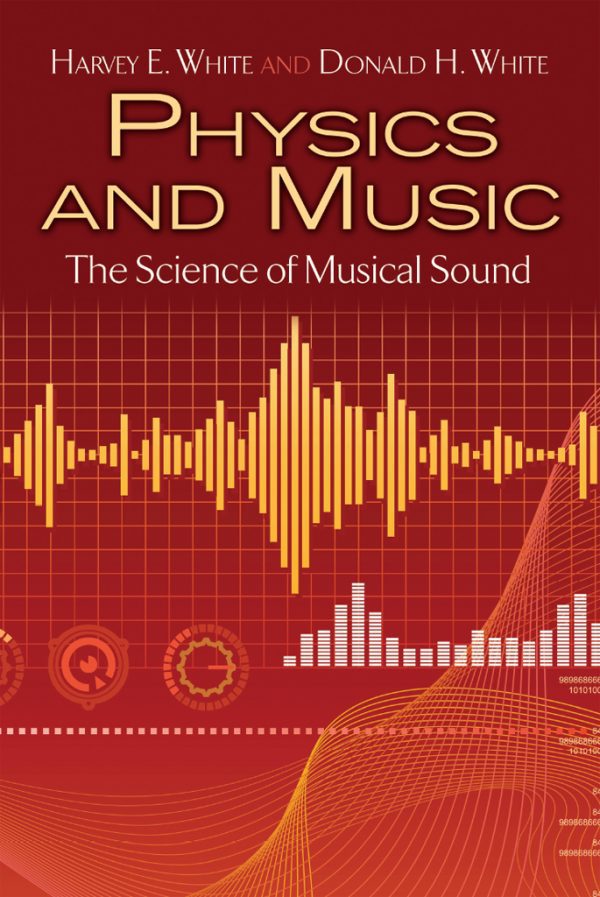

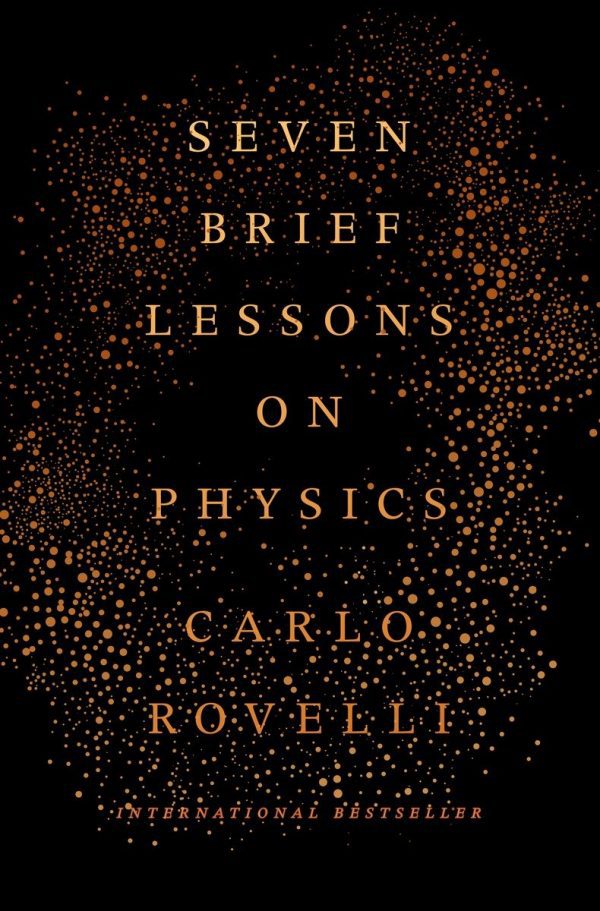
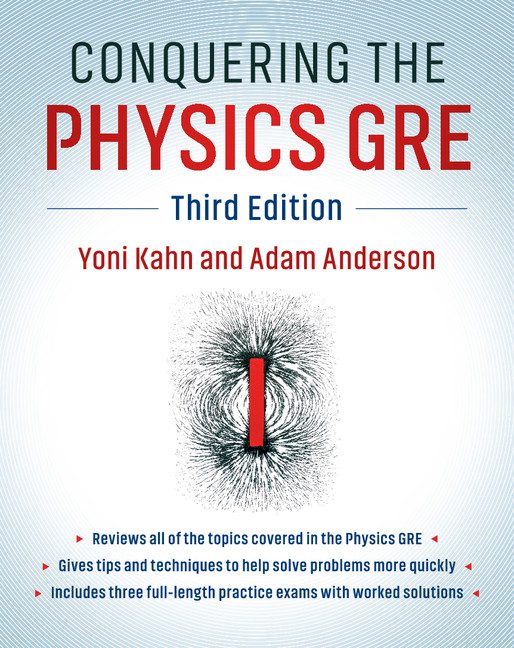
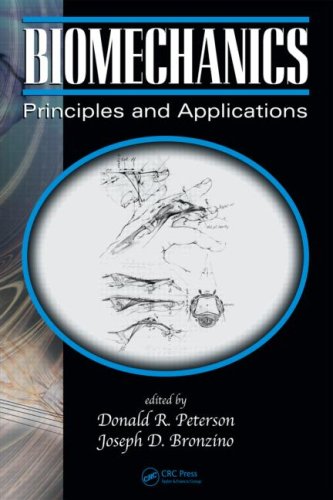
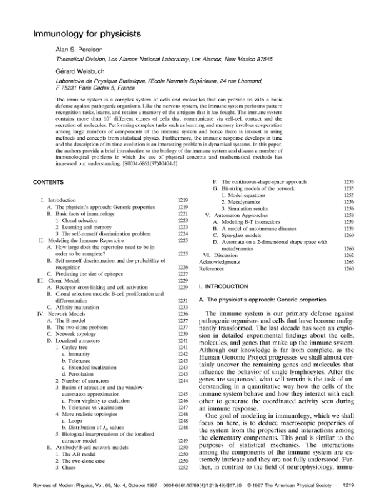
Reviews
There are no reviews yet.